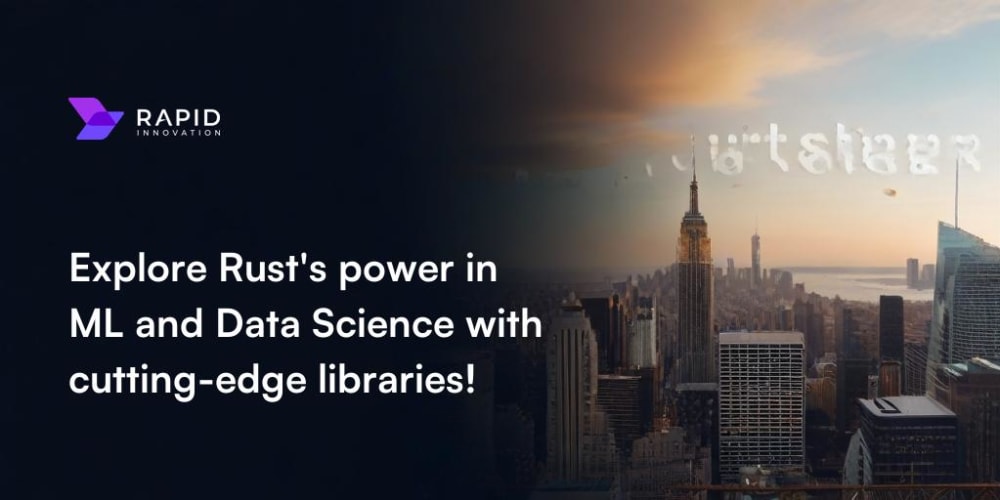<!DOCTYPE html>
Using LLMs in Software Development: A Simple Tip for Beginners
<br> body {<br> font-family: sans-serif;<br> margin: 0;<br> padding: 20px;<br> }</p> <div class="highlight"><pre class="highlight plaintext"><code> h1, h2, h3 { color: #333; } code { background-color: #f0f0f0; padding: 2px 5px; font-family: monospace; } img { max-width: 100%; height: auto; display: block; margin: 20px 0; } </code></pre></div> <p>
Using LLMs in Software Development: A Simple Tip for Beginners
The world of software development is constantly evolving, and with the rise of Large Language Models (LLMs), developers have a powerful new tool at their disposal. LLMs, trained on massive datasets of text and code, can assist with a wide range of tasks, from generating code snippets to summarizing documentation. This article will explore a simple yet effective way beginners can leverage LLMs to streamline their development process.
The Power of LLMs in Software Development
LLMs offer a plethora of possibilities for developers, including:
-
Code Generation:
LLMs can generate code in various programming languages based on natural language prompts. This can accelerate the development process by automating repetitive tasks. -
Code Completion:
LLMs can assist in completing code lines, suggesting relevant variables, and providing function signatures. -
Code Debugging:
LLMs can analyze code and identify potential errors, providing suggestions for correction. -
Documentation Generation:
LLMs can generate documentation from code comments or even generate comprehensive API documentation. -
Code Summarization:
LLMs can condense complex code into concise summaries, making it easier to understand. -
Natural Language Interfaces:
LLMs can enable developers to interact with software systems using natural language, simplifying user experiences.

A Simple Tip: Code Documentation
One of the most beneficial uses of LLMs for beginners is generating documentation for their code. This can be a daunting task, especially for projects with complex functionalities. LLMs can drastically simplify this process by transforming your existing code comments into comprehensive documentation.
Step-by-Step Guide
Follow these steps to utilize an LLM for code documentation:
-
Choose an LLM API:
There are several popular LLM APIs available, such as OpenAI's GPT-3, Google's PaLM, and Hugging Face's Transformers. Choose one that suits your needs and project requirements. -
Write Clear and Concise Code Comments:
Ensure your code comments are descriptive, explaining the purpose and functionality of each code block. Use clear language that is easy to understand. -
Use a Documentation Generator Tool:
Many tools can integrate with LLM APIs to generate documentation from code comments. Some popular options include:-
Docstring Generator:
A Python library that uses LLMs to generate docstrings from code comments. -
MkDocs:
A static site generator that supports LLM-powered documentation generation. -
Sphinx:
A documentation generator that can be extended with custom plugins for LLM integration.
-
-
Provide Context to the LLM:
When using an LLM, provide context about your code, such as the project name, purpose, and target audience for the documentation. This will help the LLM generate more relevant and accurate documentation. -
Review and Edit the Output:
While LLMs are powerful, it's crucial to review and edit the generated documentation. Ensure it's clear, accurate, and meets the required standards for your project.
Example
Let's consider a simple Python function with code comments:
def calculate_average(numbers):
"""
Calculates the average of a list of numbers.
Args:
numbers: A list of numbers.
Returns:
The average of the numbers in the list.
"""
sum_of_numbers = sum(numbers)
average = sum_of_numbers / len(numbers)
return average
Using an LLM-powered documentation generator with this code snippet, we can generate a comprehensive documentation entry similar to this:
Function Documentation
Name:
calculate_average
Description:
Calculates the average of a list of numbers.
Parameters:
-
numbers
: A list of numbers.
Return Value:
The average of the numbers in the list.
This example demonstrates how LLMs can translate basic code comments into detailed documentation, significantly reducing the manual effort involved.
Benefits for Beginners
Using LLMs for code documentation offers several benefits for beginners:
-
Time-Saving:
LLMs automate the documentation process, saving beginners valuable time that can be spent on other aspects of their projects. -
Improved Documentation Quality:
LLMs can help generate consistent and comprehensive documentation, ensuring it meets industry standards. -
Learning Opportunity:
By observing how LLMs generate documentation from comments, beginners can learn best practices for writing effective code comments. -
Confidence Boost:
Generating high-quality documentation using LLMs can boost beginners' confidence in their abilities.
Conclusion
LLMs are a powerful tool for software developers, offering a wide range of functionalities that can significantly enhance the development process. For beginners, leveraging LLMs for code documentation is a simple yet effective way to streamline their workflow, improve the quality of their projects, and gain valuable insights into effective documentation practices. As you progress in your development journey, explore other ways to utilize LLMs to further optimize your work and unlock the full potential of this transformative technology.


















